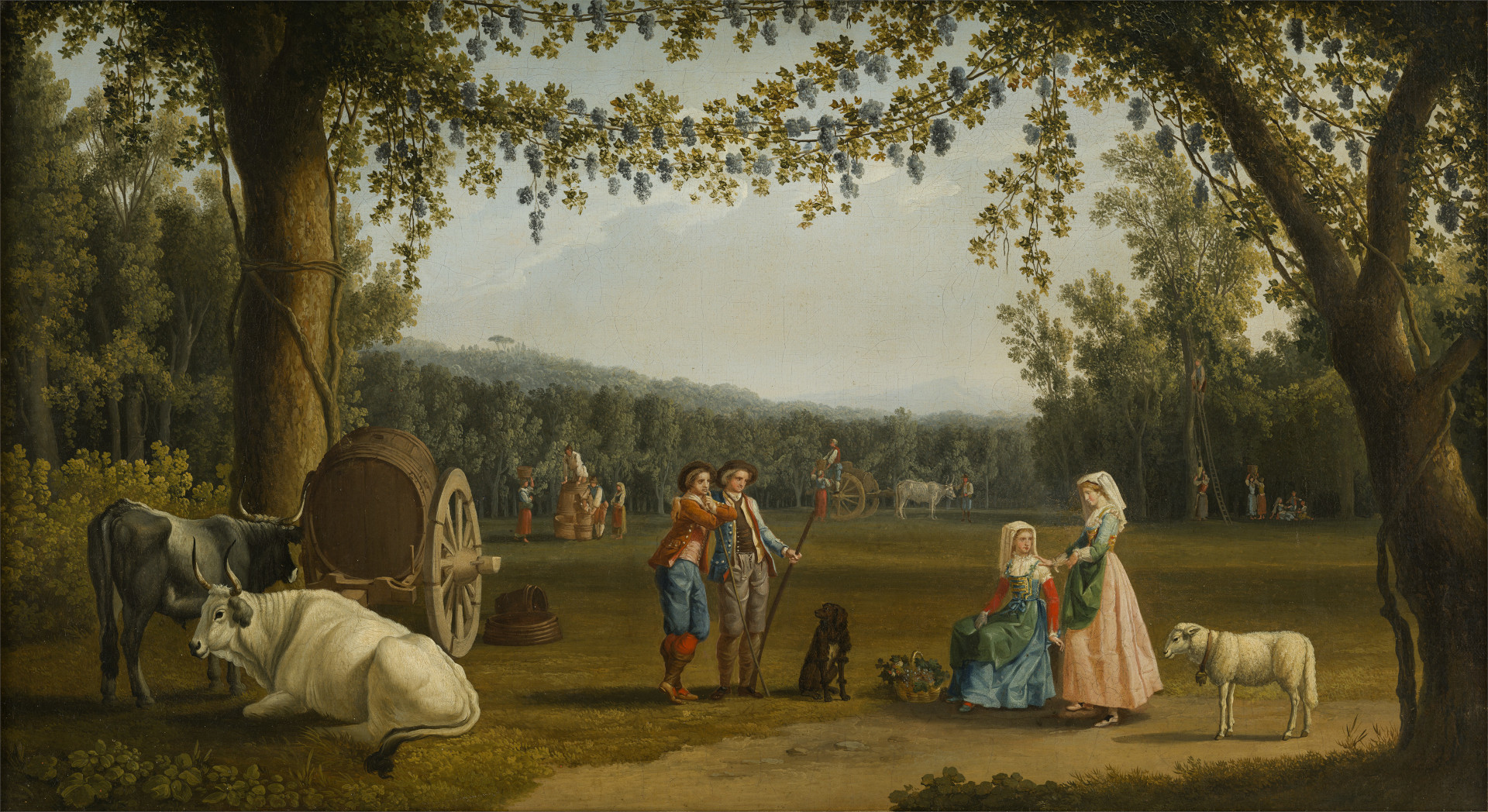Usiamo i cookie in questa webapp.
Alcuni di loro sono necessari per il corretto funzionamento del sito.
The Bedroom had valuable “au naturel” flower decorations and overdoors by Andrea Giusti depicting scenes of birds and other animals hunting.
This room was heated by a fireplace with a wooden firewall and precious andirons, both depicting hunting dogs biting a partridge and a rabbit, respectively.
The French furniture had been purchased at Maison Daguerre & Lignereux, which operated in France and England and had the exclusive distribution rights for Josiah Wedgwood's manufacture. The style was characterized by a chromatic contrast between the English green, the “mauve flower” pink of the floral decorations and the “grass juice” tapestry.
The monumental bed had an iron frame and a domed canopy and there was a sofa with lion's paw feet, upholstered in English green satin with a “mauve flower” band and floral decorations.
The Bedroom was adorned with a desk with a green leather top and five drawers, placed on an English carpet. The desk was decorated with gilded brass appliqués, as did another element of the furniture: a small cabinet, with two small doors, surmounted by a gilded copper banister and a marble shelf.
The silversmith of the Royal House created a silver inkwell set, with a bell and a pen tube for the desk.
The large tempera and oil paintings on the main walls showed the royal family during the reaping and grape harvest, dressed in traditional peasant dress of the “Terra di Lavoro”, after a fashion introduced by Queen Marie Antoinette at the Petit Trianon.
The vault was painted by Giuseppe Cammarano under the direction of Hackert and Tischbein, and it was dedicated to Spring. The presence of a female figure throwing flowers seems to allude to the traditional throwing of rose petals, Jordan almonds and coins, typical of weddings.
The views on the walls were also made by the young Cammarano, although they no longer correspond to Hackert's original sketches, due to repeated alterations.
In Hackert's The Grape Harvest, in fact, the newly-weds Maria Theresa and Maria Luisa, who had just come of age, appear along with their cousins and respective husbands: Francis III, Grand Duke of Tuscany, and the Archduke of Austria Franz Joseph.
In The Reaping, on the other hand, a dancing couple identifiable as the betrothed couple Francis, heir to the throne of Naples, and his cousin Maria Clementina are portrayed.
The entire room has been restored several times in the past: for instance, in 1805 and 1816, by Cammarano himself.
 Quadri
Quadri
The Reaping, a splendid painting by Hackert of which there are two autograp
 Quadri
Quadri
The Grape Harvest, a splendid painting by Hackert of which there are two autogra